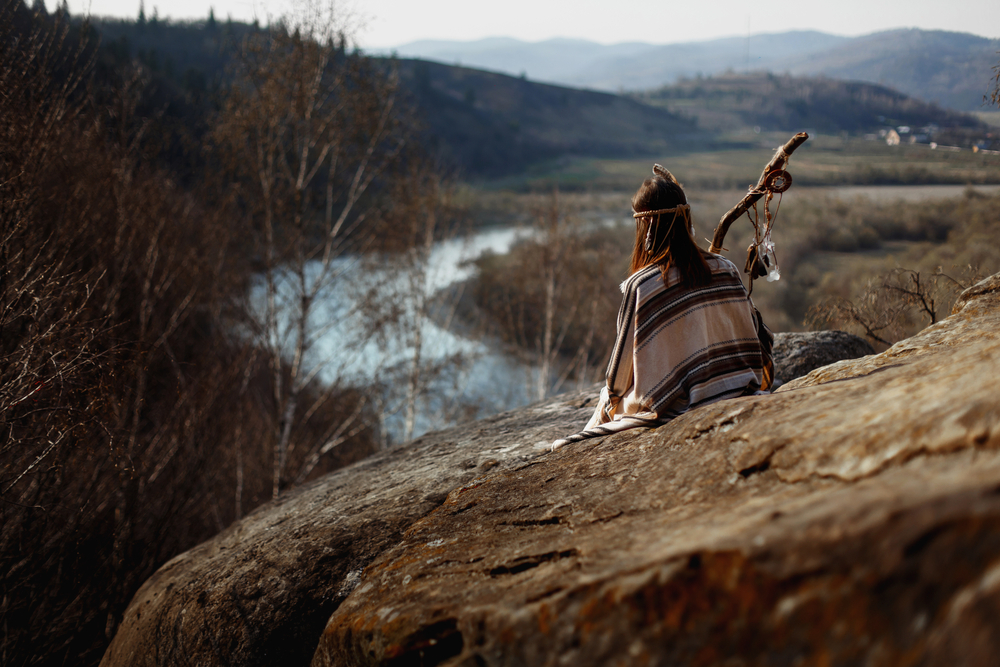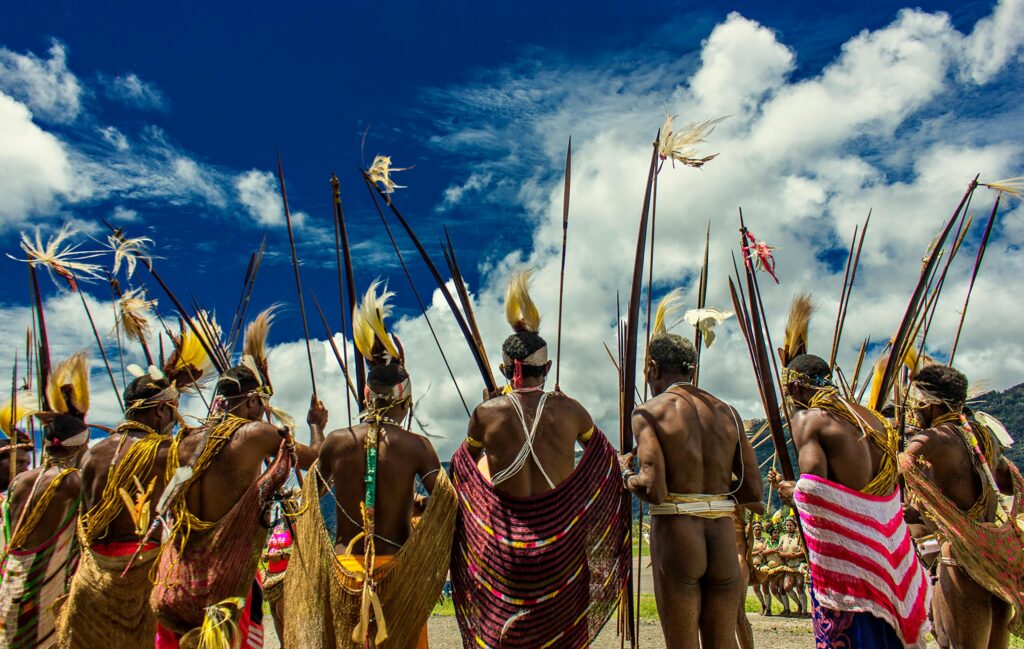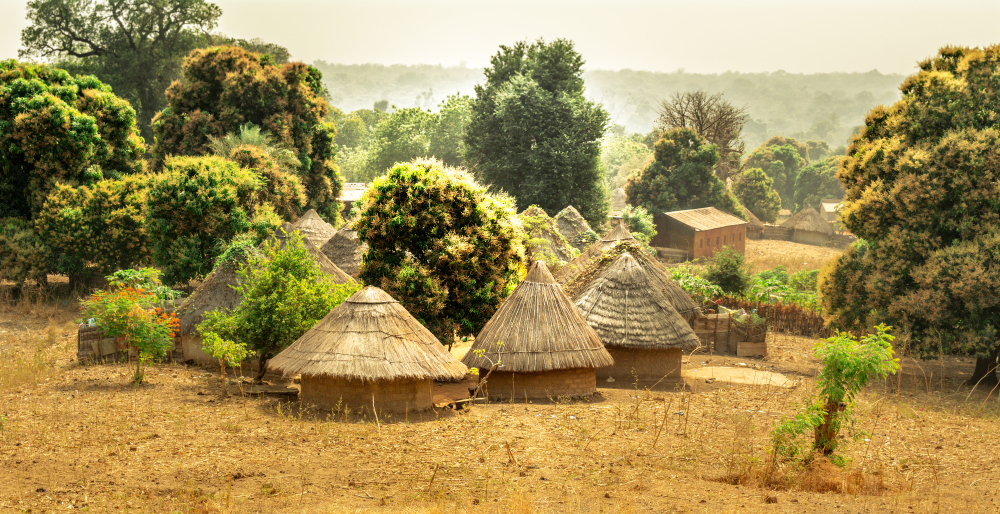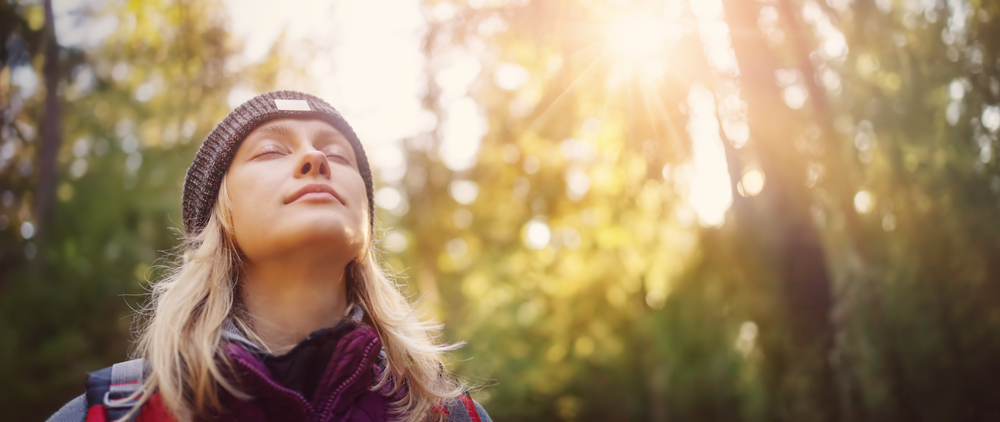California’s Yurok Tribe Wins Ancestral Lands Back That Were Taken Over 120 Years Ago

What does it mean to return home — not just to a house, but to a sacred memory etched into soil, water, and sky?
For over 120 years, the Yurok people of Northern California were cut off from the very lands that raised their ancestors, fed their bodies, and nourished their spirits. Blue Creek, a shimmering lifeline tucked among the redwoods, once echoed with the sound of prayer, salmon, and ceremony. Then came barbed wire, bulldozers, and broken promises. The forest fell silent — but the people did not.
It took 23 years, $56 million, and generations of unwavering belief, but a historic reversal has finally arrived. Nearly 47,000 acres of ancestral homeland — the largest “Land Back” deal in California history — has been returned to the Yurok Tribe.
This is more than a land transfer. It’s a story about dignity reclaimed, ecosystems revived, and a future reimagined. It’s about what happens when those who’ve lived in harmony with the land for millennia are finally allowed to care for it once again.
And it begins, as many powerful stories do, with a young boy slipping past gates for a glimpse of freedom.
The Long Journey Home
Barry McCovey Jr. remembers ducking under metal gates and hiding from security patrols just to catch a glimpse of Blue Creek — and maybe a steelhead trout if he was lucky. For him, it wasn’t just about the fish. It was about reconnecting with something his ancestors had known deeply and intimately for thousands of years. The towering redwoods. The icy water. The silence. This wasn’t just nature — it was home.
But like so many Native children of his generation, McCovey had to sneak into what had once been freely theirs. For over a century, Blue Creek and surrounding lands had been controlled by private timber companies. The trees were counted in dollars. The rivers, reduced to resources. The sacred was managed by outsiders.
The theft began during the California Gold Rush, when settlers violently dispossessed the Yurok Tribe of roughly 90% of their territory. Entire villages were wiped out. Lands were auctioned. What remained was splintered by industrial logging and isolation. Yet the people endured.
“We had to do whatever we could to try and get that back,” McCovey said. And they did.

After more than two decades of organizing, negotiating, and unwavering vision, the Yurok Tribe has reclaimed 47,097 acres of ancestral territory — nearly doubling their modern land base. This return is not just symbolic. It is the largest single “Land Back” deal in California history, and one of the most significant tribal land recoveries in the United States.
The effort was powered by a partnership between the Yurok Tribe and Western Rivers Conservancy, along with state conservation boards, nonprofit allies, and private funders. The $56 million deal was financed not just through government grants, but through creative solutions: low-interest loans, tax credits, philanthropic support, and carbon credit revenue that will continue to fund ecological restoration.
For Joseph L. James, chairman of the Yurok Tribe, the land return is a spiritual milestone: “This is a place of beauty. It’s a place of well-being. It’s a place of balance. It’s who we are.”
Blue Creek is more than a waterway. It’s a sacred space — a place of prayer, healing, and reconnection. For generations, it has been a source of clarity, where tribal members would travel to reflect and give thanks. Now, it belongs once again to the people who have always known how to listen to its voice.
Reclaiming Identity, Culture, and Spirit

Land is not just geography. For Indigenous peoples like the Yurok, land is language, memory, prayer, and purpose. It holds stories that were never written down but have always been known — sung by the river, whispered through the trees, remembered in ceremony.
For generations, the Klamath River and its tributary, Blue Creek, have been the spiritual lifeblood of the Yurok people. These waters are where ancestors once gathered salmon for feasts, where children were taught to listen to the earth, and where sacred rituals called on the land for healing. Losing that place was not just a physical dislocation — it was a fracture in the identity of a people.
“The drainage is not just important to the natural resource, but it’s a place of high prayer for us,” said Joseph L. James, the tribal chairman. “It’s who we are.”
Even during the decades of forced separation, the spiritual pull of Blue Creek never faded. Many tribal members continued to visit — quietly, cautiously — to float along its waters or simply sit with its silence. It was here that people went to seek clarity, to grieve, to give thanks.
Now, for the first time in over a century, they no longer have to trespass to pray.
The return of these lands means that generations of Yurok children will grow up not hearing stories of what was lost, but learning from what’s been restored. They’ll know the feeling of ceremony without shame. They’ll harvest traditional plants without asking permission from outsiders. They’ll walk land that speaks their name.
A Sanctuary for Nature and Future Generations

The Klamath River was once the third-largest salmon-producing river on the West Coast. For generations, it sustained Yurok families, not only with food but with meaning — salmon weren’t just resources; they were relatives. But as dams went up, waters warmed, and logging tore through the land, the river changed. Salmon runs collapsed. Fishing bans were imposed. “There’s less than one salmon per Yurok Tribe member,” said Tiana Williams-Claussen, director of the tribe’s Wildlife Department. Families that once relied on the river to feed their children were left with empty nets and deeper wounds.
Blue Creek has emerged as a rare holdout — a cold-water haven where salmon and steelhead pause to rest and recover before swimming upstream. In the midst of climate-fueled droughts and warming rivers, this stretch of water is critical. It cools the blood of migrating fish. It gives them strength to push on. Without it, even dam removal — like the historic Klamath dam project recently completed upstream — may not be enough to bring the fish back.
It’s not just fish who depend on this place. The land surrounding Blue Creek is home to some of California’s most imperiled wildlife: the elusive Humboldt marten, the marbled murrelet, the northern spotted owl. Elk, black bears, and mountain lions still roam the hills. Bald eagles and osprey trace the river’s path from sky. In this biodiversity hotspot, every species has a role — and every inch of protected land matters.

But this sanctuary wasn’t always safe. For over a century, the land was managed primarily for timber. Old-growth forests were logged. Hillsides were clear-cut. Sediment from roads and machines choked the creeks, making them shallower and warmer, smothering fish eggs and degrading water quality. Wildlife corridors were broken. Habitats collapsed. What once thrived was now threatened.
This is where the return of the land takes on deeper meaning. The Yurok Tribe is not just reclaiming territory — they are reclaiming responsibility. As stewards, they are actively restoring the balance. Their plans include removing invasive species, thinning overgrown forests to reduce wildfire risk, planting native trees, and reintroducing controlled fire — an ancient technique used by their ancestors to maintain the health of both land and wildlife.
Even the prairies, often overlooked in conservation narratives, are central to the vision. Once vibrant spaces teeming with deer, elk, and culturally significant plants, these open lands have been lost to encroaching vegetation and suppression of natural fire. The tribe’s restoration strategy includes bringing these prairies back, not just for beauty’s sake, but for butterflies like the mardon skipper, for migratory animals, and for future harvests.
This isn’t a quick fix. Healing takes time. Decades, maybe generations. And the tribe knows it.
“And maybe all that’s not going to be done in my lifetime,” said McCovey. “But that’s fine, because I’m not doing this for myself.”
Healing the Wounds of Industry

Companies like Green Diamond Resource Company harvested timber across tens of thousands of acres, following practices they described as “sustainable.” No more than 2% was cut per year, and old growth was mostly spared. But even so, the scars run deep. Vast swaths were clear-cut, leaving behind sediment-heavy streams, compacted soils, and forests choked with young, overcrowded trees that burn hotter and faster during wildfire season.
“There’s like one or two old-growth trees left on those hillsides,” said Sarah Beesley, a Yurok fisheries biologist, pointing to the fractured silhouette of the forest.
The damage wasn’t just visual. Sediment from logging roads and poorly designed culverts smothered salmon eggs and reduced stream flow. Prairie ecosystems once rich with elk, deer, and medicinal plants disappeared beneath invasive brush and unmanaged growth. In trying to turn forests into profit, the ecosystem was thrown out of balance.
But the Yurok Tribe is doing more than reclaiming — they are reimagining how this land can live again.
They’ve already begun dismantling the old timber infrastructure: removing logging roads, replacing culverts, and thinning dense tree stands to reduce fire risk and restore water flow. They are also reintroducing prescribed fire, a tool their ancestors used for generations to renew the land, encourage biodiversity, and prevent catastrophic blazes.
Their stewardship isn’t about returning the land to what it was a hundred years ago. It’s about guiding it toward what it can become — a resilient, living system that provides clean water, healthy soil, cultural resources, and space for species to thrive.
And they are doing it with a blend of ancestral wisdom and innovative funding. In addition to public and private support, the project is being sustained through carbon credit revenue, allowing businesses to offset emissions by supporting forest health and long-term restoration.
This model — part land-back, part conservation, part economic justice — shows what’s possible when Indigenous communities are not just included in environmental decisions, but leading them.
The land was once clear-cut for quick gain. Now, it is being carefully restored, one acre at a time, with patience, knowledge, and purpose. What was once exploited is now being healed — not just for the sake of the land, but for the generations who will walk it with reverence.
What This Moment Teaches Us All
What happened along the banks of the Klamath River is not just a tribal success story. It’s a mirror. A lesson. A moment that asks each of us to reconsider what it truly means to belong — to a place, to a people, to a purpose larger than ourselves.
The return of 47,097 acres to the Yurok Tribe is part of a growing Land Back movement across the globe. But unlike a political slogan or legal settlement, this movement isn’t rooted in anger or vengeance. It’s rooted in responsibility — in the understanding that land remembers its caretakers, and caretakers remember how to listen.
This moment reminds us that land justice is environmental justice. That cultural survival and climate resilience are not separate goals. When Indigenous people are empowered to steward their ancestral territories, ecosystems flourish. Species recover. Forests breathe easier. So do communities.
Scientific studies now echo what Indigenous knowledge has always held: lands managed by Native peoples are often the most biodiverse and best protected in the world. But facts alone don’t capture the deeper truth — that restoration is as much a spiritual act as it is ecological. That returning land is also returning language, ceremony, and generational hope.
“I’m not doing this for myself,” Barry McCovey Jr. said. “I’m doing it for those who come after.”
There is something deeply human in that. To plant trees you may never sit under. To restore salmon runs you may never fish. To walk the land not as a consumer, but as a relative.
For those of us outside the Yurok community, this isn’t a story to applaud from a distance. It’s a story to let in — one that asks:
What would the world look like if we followed the lead of those who have never forgotten how to live with the Earth, not just on it?
It would look like healing. Like balance. Like a step — finally — in the right direction.
Loading...

